About Natural Bridge
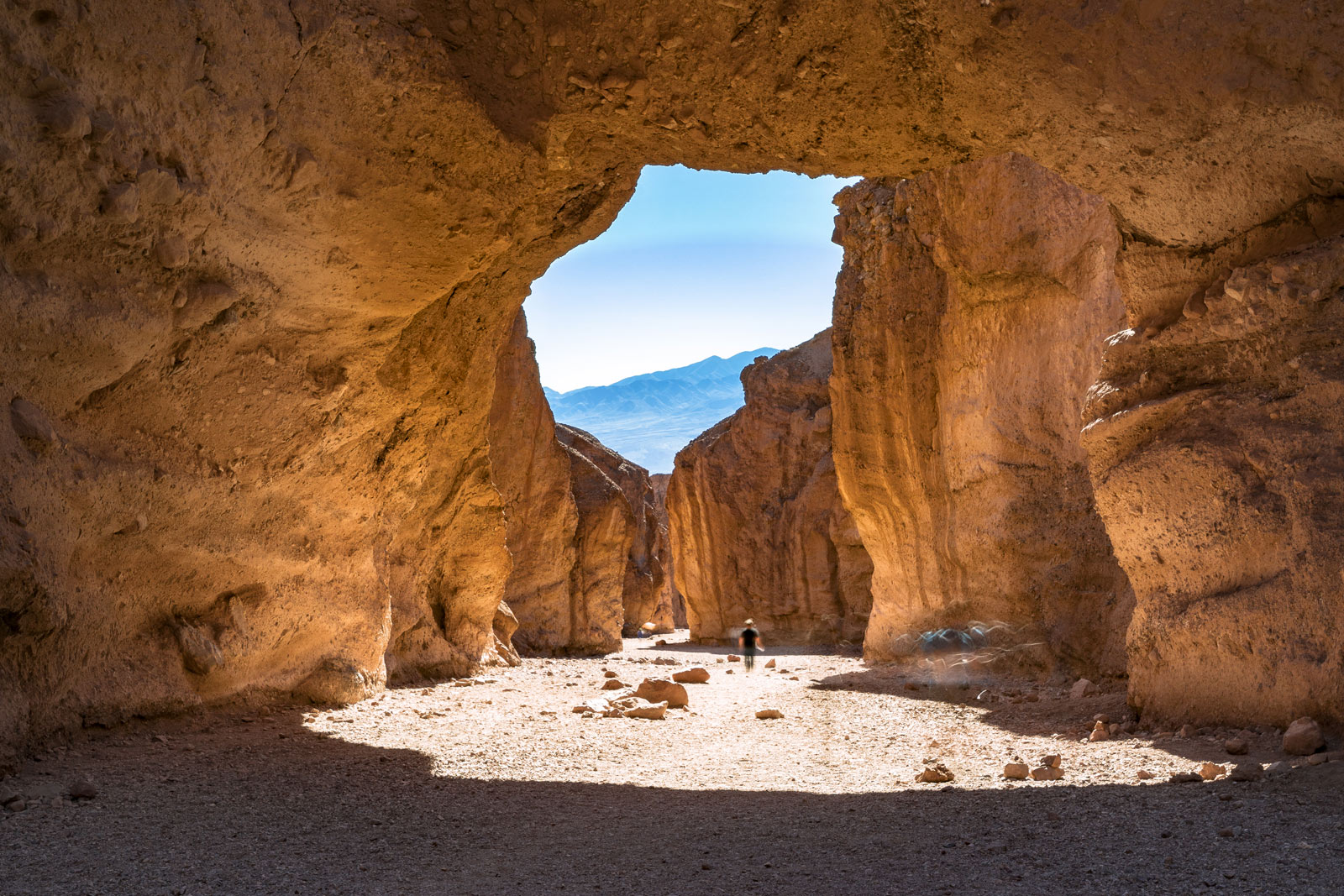
Natural Bridge is a really cool spot in Death Valley National Park featuring (drum roll) a natural bridge! Getting to the bridge requires a short, out and back hike. The trail on the way up is entirely uphill and the way back is entirely downhill.
READ: Our Complete Death Valley National Park Guide
Natural Bridge Hike
This is a great hike to avoid direct sun by walking on the shadowy side of the canyon (depending on the time of day).
Distance: 2 miles roundtrip
Time: 1-2 hours
The hike to the bridge is all uphill to the bridge and all downhill back to the parking lot, 1 mile each way. Once you get to the bridge the view back down the canyon is pretty cool giving one a great view of the valley in the distance.
RELATED: Death Valley National Park: A (Very) Helpful Guide
Best Time to Visit
The best time to visit the natural bridge during the morning or late afternoon when the sun is not directly overhead and there is shade in the canyon.
Things to Note
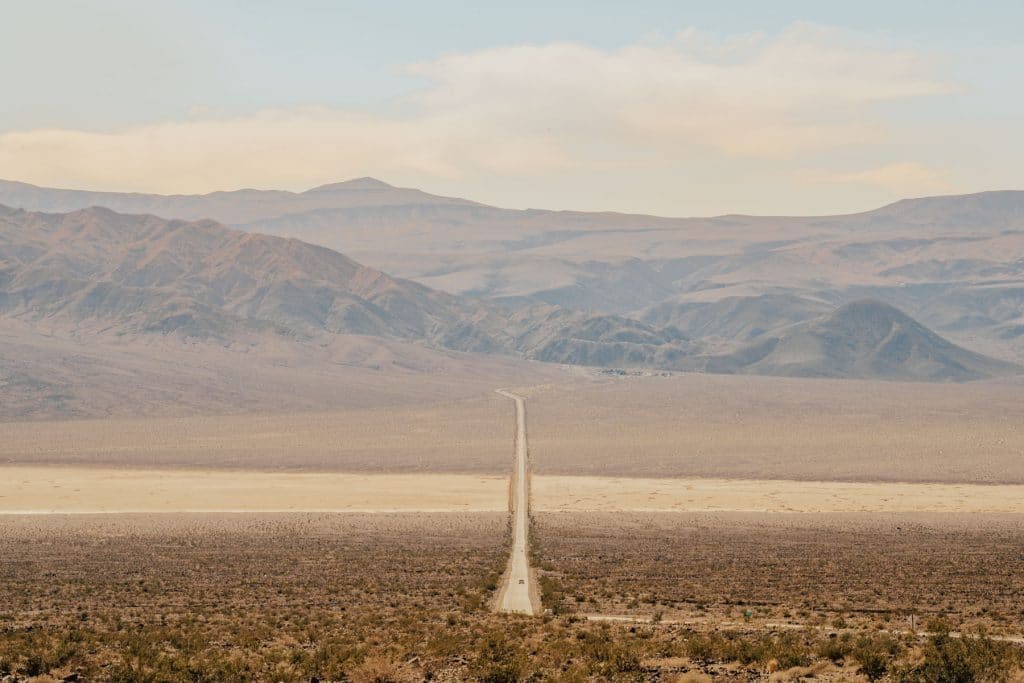
- The natural bridge trail keeps going beyond the bridge itself so if you feel like continuing past the bridge you can add an additional 2 miles to your hike.
- Pack plenty of water for this hike, more than you think you’ll need! In 2021 several hikers have died of heat stroke out on the trails. Do not let that be you.
Things to Know Before You Visit
WATER: Pack LOTS of it. Do not get caught out on a trail without enough water. Plan ahead and pack more than you think you’ll need.
Guide: I highly recommend this one.
Map: I use this one.
Entrance Fees: There are no entrance fees at Death Valley National Park. Typically fees are about $30 per vehicle in national parks. If you plan on visiting more than 1 national park this year we suggest you go ahead and purchase the America the Beautiful Pass (which can be found at the entrance gates to most national parks or online here). This pass gets you into all National Parks, Forests, Monuments, and more including 2,000 sites for free after a one time $79 fee.
Sunscreen: For many of us visiting national parks in the summer means lots of sun. Seriously, some of these parks can zap you if you don’t wear sunscreen. We happen to like this one because it works AND it’s not full of a bunch of chemicals.
Leave No Trace: We’re big fans of Leave No Trace, here at MTJP. Want to learn more? Read about the seven principals of Leave No Trace here.
Insect Repellent: You hope not to need it, but you want to have it. We typically bring an Eco-Friendly Insect Repellent with us just in case.
Dogs are not allowed on trails in most national parks due to their potentially disruptive presence with the natural ecosystem. The basic rule is they are allowed where cars can go so be sure to check the rules before bringing along your furry friend.
About Death Valley National Park

Situated on California’s southeastern border with Nevada, Death Valley National Park spans over 5,000 square miles of otherworldly vistas. The largest national park in the continental United States, Death Valley is a park for superlatives.
Death Valley is the hottest place on earth, the lowest place in North America, and the driest place in the United States. Death Valley is also the largest National Park outside of Alaska.
RELATED: 10+ (FASCINATING) Death Valley National Park Facts You Probably Didn’t Know
Experience Death Valley in 8K (Video)
In the remote far reaches of the Mojave Desert lies the largest national park in the continental United States. Hidden here in the hottest place on earth is another world full of diverse life and colorful landscapes.
Join us as we take life to the extreme and explore Death Valley. Filmed primarily in 8K.
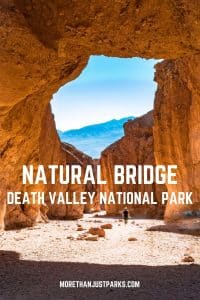

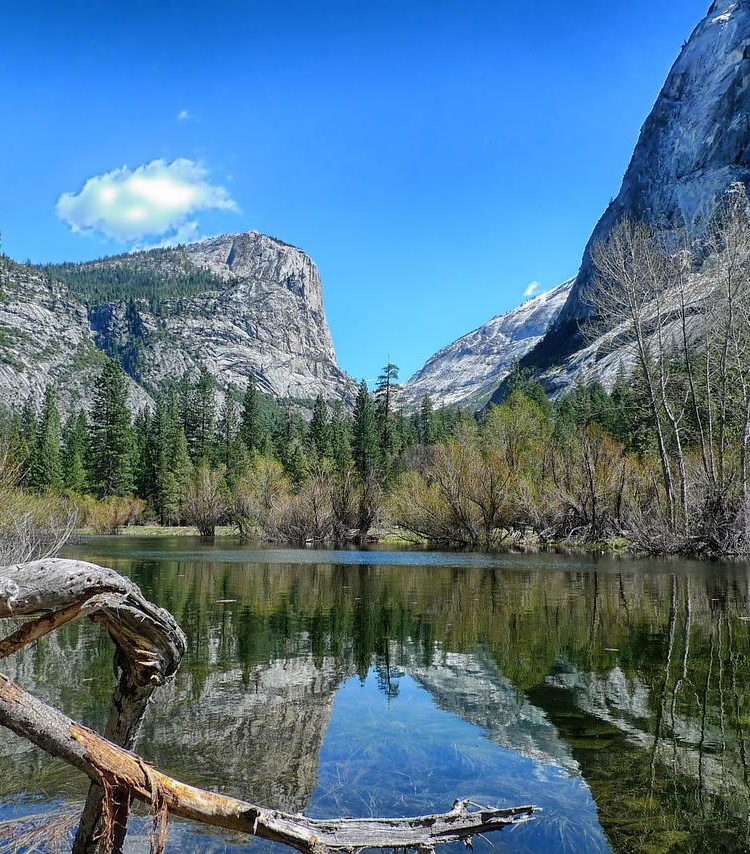
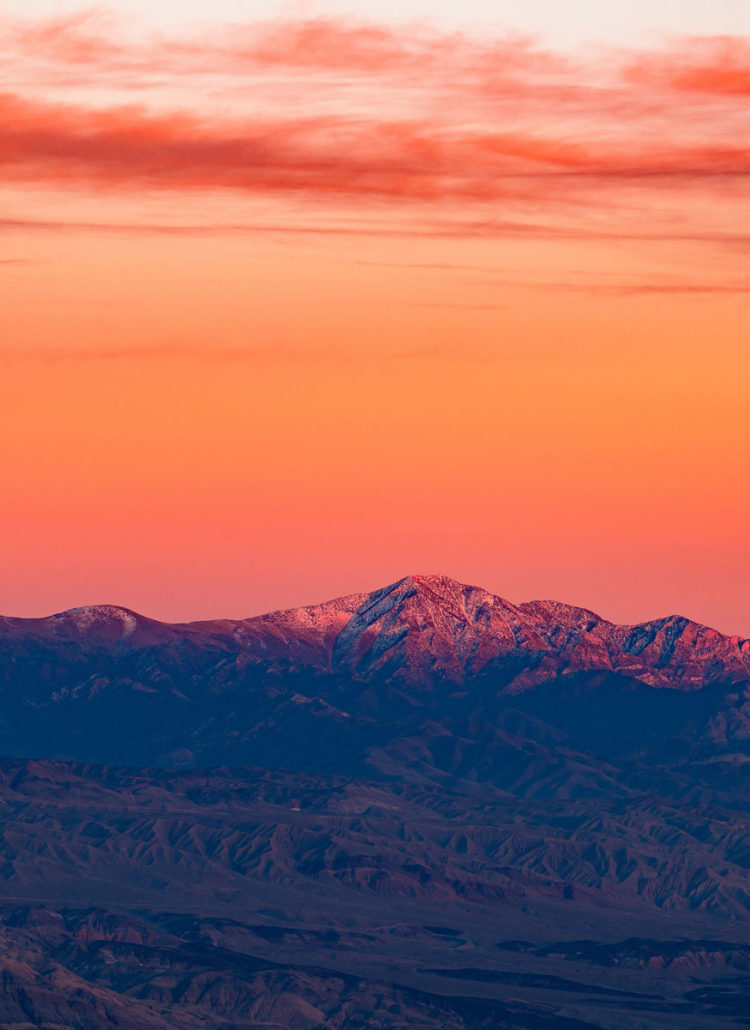
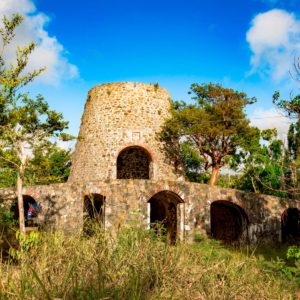

Leave a Reply